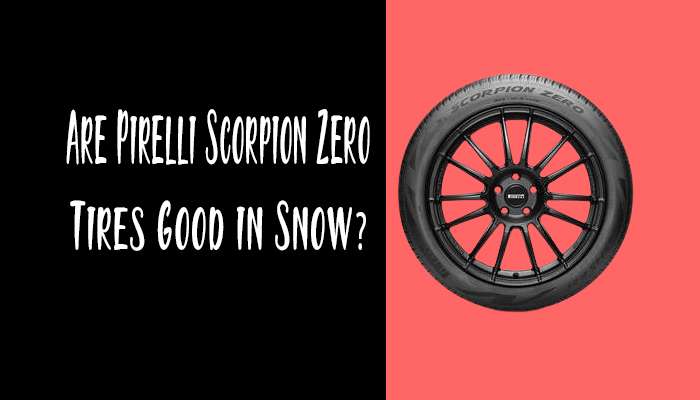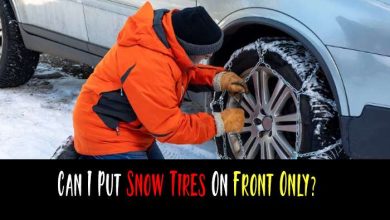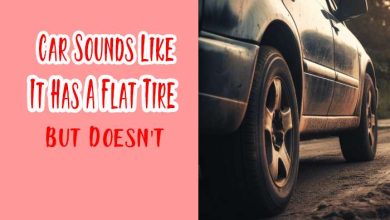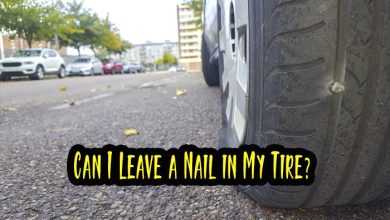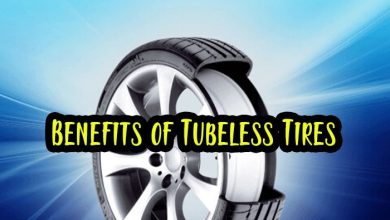Low Tire Tread Cause Vibration, Here is The Solution
Have you ever been behind the wheel, feeling an unexpected vibration, and wondered, “Can low tire tread cause vibration?” As someone deeply entrenched in the world of tires, let me shed light on this common concern.
Navigating the intricacies of tire tread is not just about aesthetics; it’s a critical factor in ensuring a safe and smooth ride.
Definition and Purpose of Tire Tread
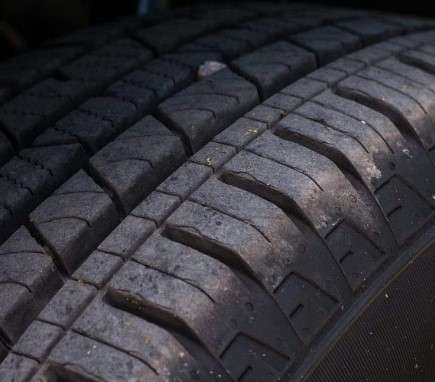
1. Tire Tread Defined: Tire tread is the patterned outer surface of a tire that makes contact with the road. It serves a dual purpose: providing traction and enhancing the vehicle’s stability.
2. Purpose of Tire Tread: The intricate design of tire tread is not just for aesthetic appeal; it plays a pivotal role in ensuring your safety on the road.
Tread helps channel water away from the tire, preventing hydroplaning, and provides grip on various surfaces.
Signs and Symptoms of Low Tire Tread
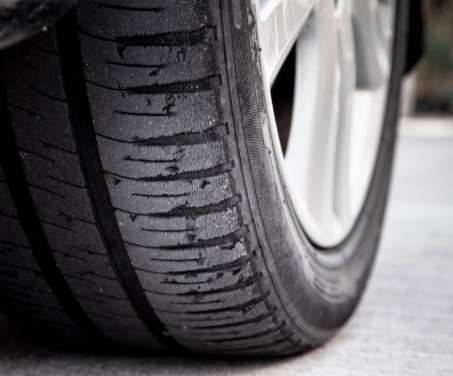
1. Uneven Wear: One of the clear signs is uneven tread wear. If the tread depth differs across the tire, it’s time for a closer inspection.
2. Bald Spots: Bald spots on the tire indicate significant wear and reduced tread depth. These spots are like caution flags, warning you of potential issues.
3. Increased Road Noise: Low tire tread can amplify road noise. If your once-quiet ride has become too noisy, it might be due to diminishing tread.
The Science Behind Tire Vibrations
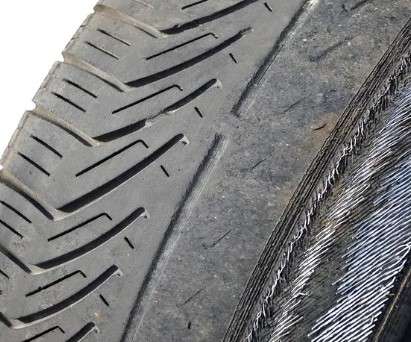
We delve into the science of tire vibrations to answer the burning question – can low tire tread cause vibration?
The tread, or lack thereof, directly influences the tire’s ability to maintain a smooth rotation. Insufficient tread disrupts the balance, leading to vibrations that resonate through the vehicle.
Causes of Low Tire Tread
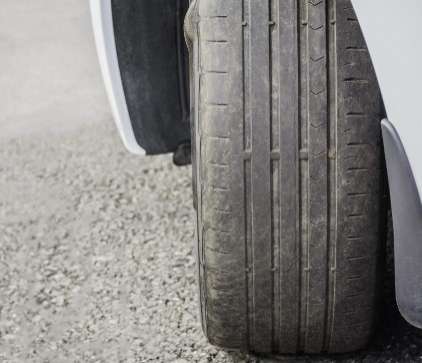
1. Normal Wear and Tear: Every tire has a lifespan; normal wear and tear are inevitable. As the tread wears down over time, the risk of vibrations increases.
2. Improper Inflation: Under-inflated tires wear out faster, emphasizing the importance of regular pressure checks. It’s a simple step that can significantly extend tire life.
3. Aggressive Driving Habits: Driving aggressively, especially around corners, accelerates tread wear. If you have a penchant for sharp turns, your tires might protest with unwelcome vibrations.
Risks Associated with Driving on Low Tread
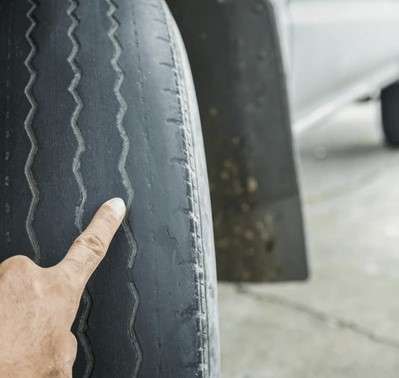
1. Reduced Traction: With diminishing tread, your tires lose the ability to grip the road effectively. This compromises your vehicle’s traction, especially in wet or slippery conditions.
2. Increased Stopping Distance: Low tire tread can lead to a longer stopping distance in emergencies. This heightened risk can be a critical factor in avoiding accidents.
3. Handling Challenges: Low tread affects the overall handling of your vehicle, making it more challenging to maintain control, especially during abrupt maneuvers.
Can Low Tire Tread Cause Vibration?
Can Low Tire Tread Cause Vibration? Yes, low tire tread can cause vibration. When your tires have worn down to the point where there is less than 1/4 inch of tread remaining, they are more likely to:
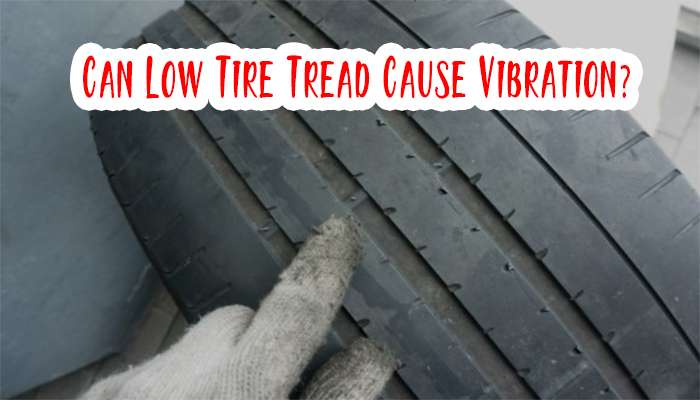
- Become unbalanced: As the tread wears unevenly, the tire’s weight is no longer distributed evenly. This can cause the tire to wobble at speed, translating into a vibration felt in the steering wheel, seat, or floorboard.
- Cupping: This is a wear pattern that causes uneven dips in the tread. It can be caused by misalignment, worn suspension parts, or even aggressive driving. Cupping can also lead to vibration, especially at higher speeds.
- Feathering: This is when the tread wears down at an angle, like the feathers on a bird’s wing. It’s usually caused by worn suspension parts or incorrect tire pressure. Feathering can also cause a high-pitched whining or squealing noise and vibration.
If you’re feeling a vibration in your car, getting your tires checked out immediately is important. Driving with low tire tread is dangerous, leading to reduced traction, hydroplaning, and even blowouts.
Here are some tips for preventing tire tread wear and vibration:
- Rotate your tires regularly: This helps ensure that all tires wear evenly.
- Maintain proper tire pressure: Check your tire pressure at least once a month and before long trips.
- Get your wheels aligned: This will help to prevent uneven tire wear caused by misalignment.
- Avoid overloading your vehicle: This can strain your tires and lead to premature wear.
- Drive smoothly: Avoid sudden braking and acceleration, leading to uneven tire wear.
Tire Tread Depth Standards and Regulations
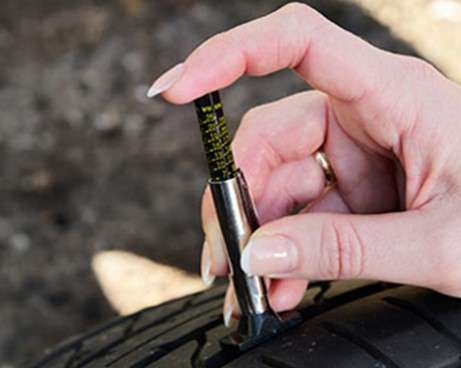
1. Tire Tread Depth Standards:
Industry standards recommend a minimum tread depth of 2/32 of an inch. Tires falling below this threshold are considered unsafe and should be replaced.
2. Regulations:
Many regions have specific regulations regarding tire tread depth. Adhering to these regulations is a safety measure and a legal requirement.
How to Check Tire Tread Depth?
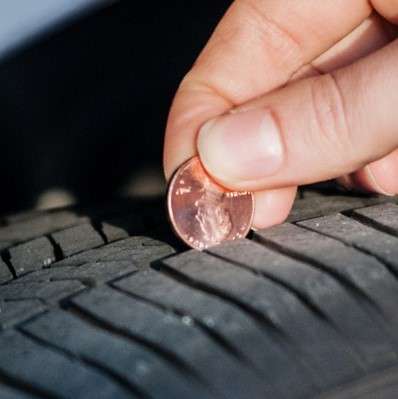
1. The Penny Test:
Insert a penny into the tread with Lincoln’s head facing downward. If you can see the top of Lincoln’s head, it’s time to replace your tires.
2. Tread Wear Indicators:
Modern tires often come with built-in tread wear indicators. These are raised sections within the tread grooves, becoming visible as the tread wears down.
3. Tire Tread Gauge:
For a precise measurement, invest in a tire tread gauge. Regular checks with this tool can help you avoid any potential issues.
Conclusion
In the grand dance of tire dynamics, tread plays a starring role. Understanding the signs of low tire tread and its implications on vibrations is vital for every driver.
Let’s keep the conversation rolling – share your experiences, tips, and projects for maintaining optimal tire health.
Glossary
- Tire Tread: The patterned outer surface of a tire in contact with the road.
- Hydroplaning: The loss of traction that occurs when a layer of water builds between the tires and the road surface.
